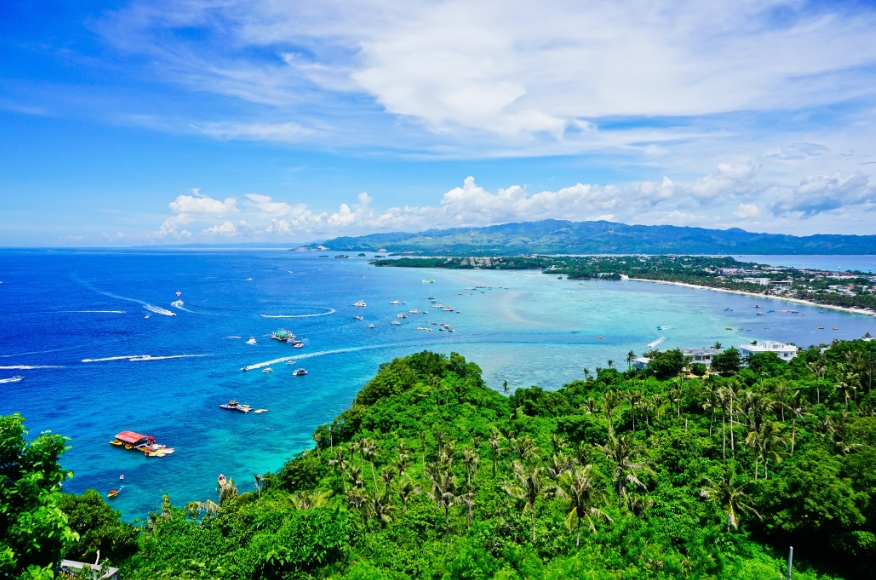 为什么菲律宾不像韩国、日本、越南那样属于东亚文化圈?
为什么菲律宾不像韩国、日本、越南那样属于东亚文化圈?
正文翻译

Why Philippine is not part of East Asian Cultural Sphere like Korean,Japan and Vietnam
为什么菲律宾不像韩国、日本、越南那样属于东亚文化圈
is a geographic shield or other factor on why china dont totally influence philippine unlike korea japan and vietnam?
是地理屏障还是其他因素导致中国不像对韩国、日本和越南那样完全影响过菲律宾?

Why Philippine is not part of East Asian Cultural Sphere like Korean,Japan and Vietnam
为什么菲律宾不像韩国、日本、越南那样属于东亚文化圈
is a geographic shield or other factor on why china dont totally influence philippine unlike korea japan and vietnam?
是地理屏障还是其他因素导致中国不像对韩国、日本和越南那样完全影响过菲律宾?
评论翻译

Why Philippine is not part of East Asian Cultural Sphere like Korean,Japan and Vietnam
为什么菲律宾不像韩国、日本、越南那样属于东亚文化圈
is a geographic shield or other factor on why china dont totally influence philippine unlike korea japan and vietnam?
是地理屏障还是其他因素导致中国不像对韩国、日本和越南那样完全影响过菲律宾?

Why Philippine is not part of East Asian Cultural Sphere like Korean,Japan and Vietnam
为什么菲律宾不像韩国、日本、越南那样属于东亚文化圈
is a geographic shield or other factor on why china dont totally influence philippine unlike korea japan and vietnam?
是地理屏障还是其他因素导致中国不像对韩国、日本和越南那样完全影响过菲律宾?
很赞 13
收藏